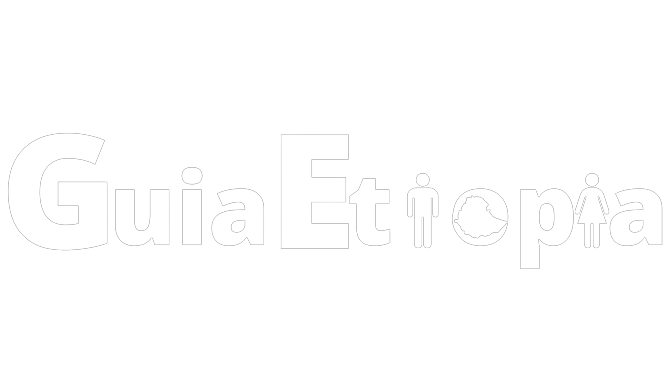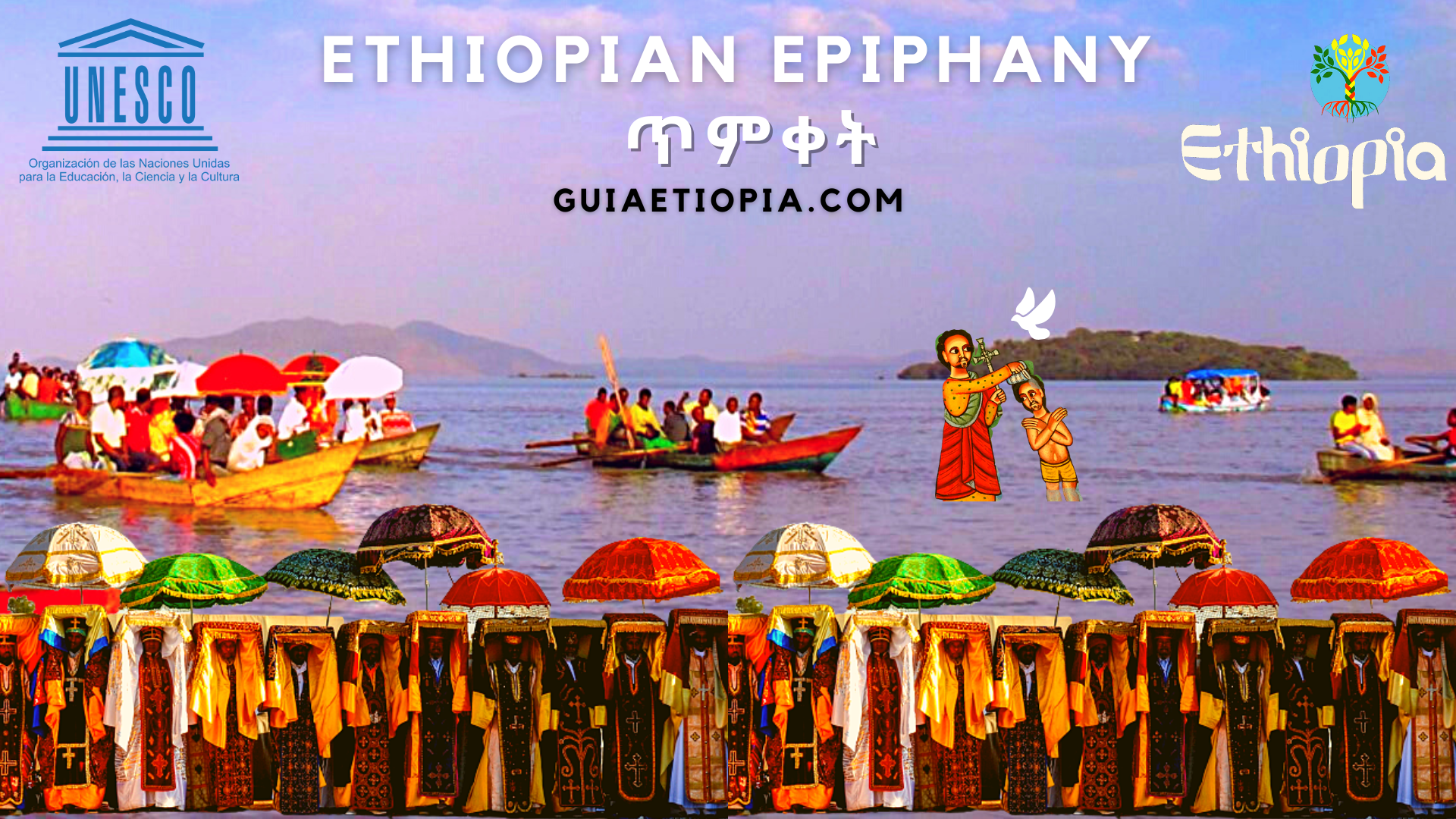Timket (also known as Timkat ) is an Orthodox Christian celebration of the Ethiopian Epiphany. It marks the baptism of Jesus Christ in the Jordan River. Pilgrims come from everywhere to participate in the festival and witness the reenactment of the baptism. Across the country, large crowds gather when religious festivities begin, with spectacular processions, songs, dances and prayers. The three-day festival is most colorful in the capital Addis Ababa, where everyone gets involved in the celebrations.
The festival takes place in Ethiopia every year on January 19 (or January 20 in leap years), starting with Ketera (preparations) the day before, and lasts for three days.In Addis Ababa, the festival is particularly spectacular. The streets are adorned with green, red and yellow to represent the Ethiopian flag and priests walk the streets with colorful and richly decorated umbrellas.
The religious ceremony begins on the first day when the replicas of the Ark of the Covenant, called Tabots, are carried to the river in a procession led by the oldest priest of each church, who carry the arches on their heads. At dawn the water is blessed and sprinkled on the participants, some of whom jump into the water to renew their baptismal vows. The Tabot symbolizes the Ark of the Covenant and the tablets describing the Ten Commandments, which God gave to Moses on Mount Sinai to serve as the basic principles of moral behavior for mankind. The original Ark of the Covenant is said to be under permanent surveillance in northern Ethiopia, protected by priests who have vowed never to leave the sacred lands.
The second day of Timkat marks the main celebrations, with Ethiopian Orthodox from all segments of society happily marching through the streets in a riot of color, singing, dancing and feasting. All but one of the Tabots are returned to their respective churches. On the third day of Timkat, known as the feast of St. Michael the Archangel, the Tabot of the Church of St. Michael is returned, accompanied by a procession of priests and believers.
The Origin of Timket Festival in Ethiopia
Ethiopia has been following the teachings of the apostles and started celebrating epiphany at the national level during the 6th century(in 530 AD) during the reign of Emperor Gebre Meskel. In 1140 AD, king and priest Lalibela made an amendment to the existing tradition of the Epiphany celebration by which he made a decree that urged all Arks of the covenant (Tabots) to be carried to a river or pool together to bless the waters.
In 1426 AD, following a proposal from scholars, Emperor Zer’a Ya’ekob declared that the Tabots be taken to nearby pools on the eve (January 18) and stay the night there blessing the nation. In 1486 AD, Emperor Naod also made an order that the Tabots be escorted by the faithful in colorful processions.
Timket is a Ge’ez word meaning “immersion in water” similar to the Baptism of Jesus Christ. The word also denotes epiphany which is driven from the Greek word epiphaneia meaning “appearance”.
In Gondar , the bathing palace of Fasiledas is dedicated to this colorful ceremony.
It is filled with water by a canal from the River Keha for this colorful celebration. Besides the baptism of Jesus Christ, the celebration of Timket in Gondar also commemorates the re-baptizing of thousands of people who have converted from Catholicism to the Orthodox faith.
The inscription of Timiket raised the number of Ethiopia’s world intangible cultural heritages to four after Meskel, the Geda System and Fichee-chambalaalla,


Comment (0)